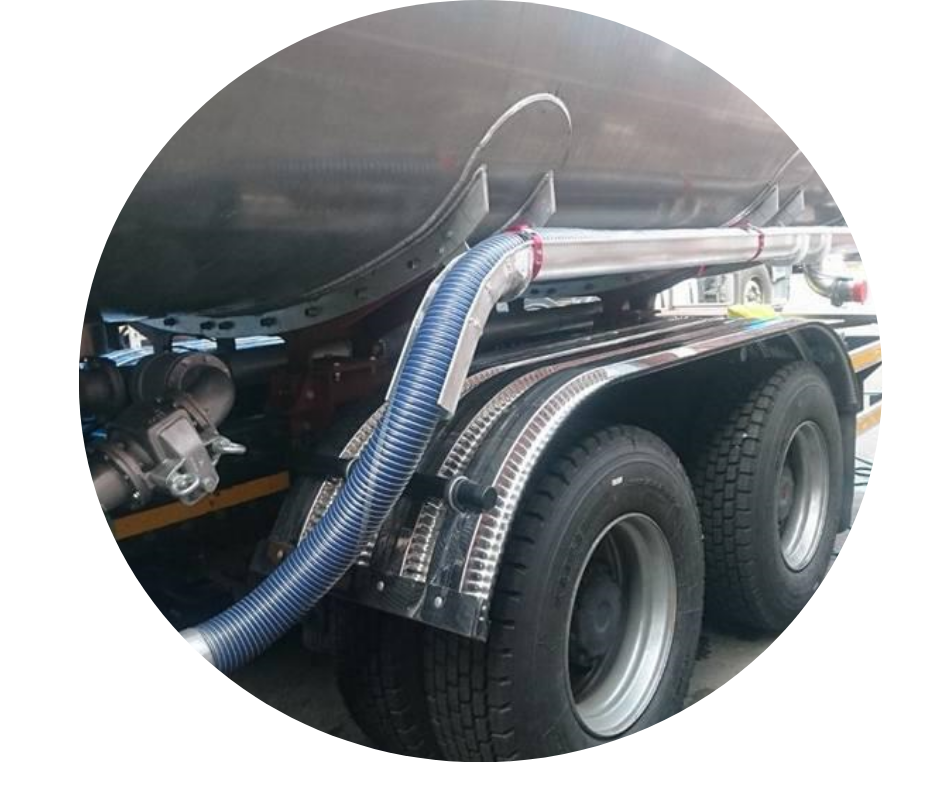Handling and Maintenance Guidelines for Composite Hoses
Handling
• Recommended Supports: Use flex-hose supports or nylon slings.
• Avoid: Do not support hoses with ropes or wires.
Testing
• Frequency: Regular testing is essential.
• Steps:
1. Drain and clean the hose thoroughly.
2. Lay the hose straight, allowing space for elongation under pressure.
3. Test for electrical continuity when unpressurized (if relevant).
4. Blank off one end, fill with water, and ensure all air is released.
5. Pressurize the hose assembly to 1.5 times the working pressure for 10 minutes.
6. Examine for leaks or carcass distortion.
7. Release pressure and drain the hose.
Inspection
• Frequency: Before each operation.
• Check for:
• Displacement of reinforcing wires and damage to the carcass.
• Abrasion or corrosion of the outer wire and outer cover.
• Displacement or damage to end fittings.
Storage
• After Use:
• Drain and clean the hose.
• Store straight on horizontal support in a dark, dry, ventilated area.
• Remove blanking caps for ventilation.
• Protect from tropical sun and UV rays.
Maintenance
• Cleaning: Flush with clean water, hot water, detergents, or solvent at ambient temperatures.
• Chemical Hoses: Do not flush with water after chemical exposure.
• Steam Cleaning: Use low-pressure open steam if it does not exceed the maximum working temperature of the hose.
For more details, you can enquire online or request a catalogue. Would you like to add anything else?


